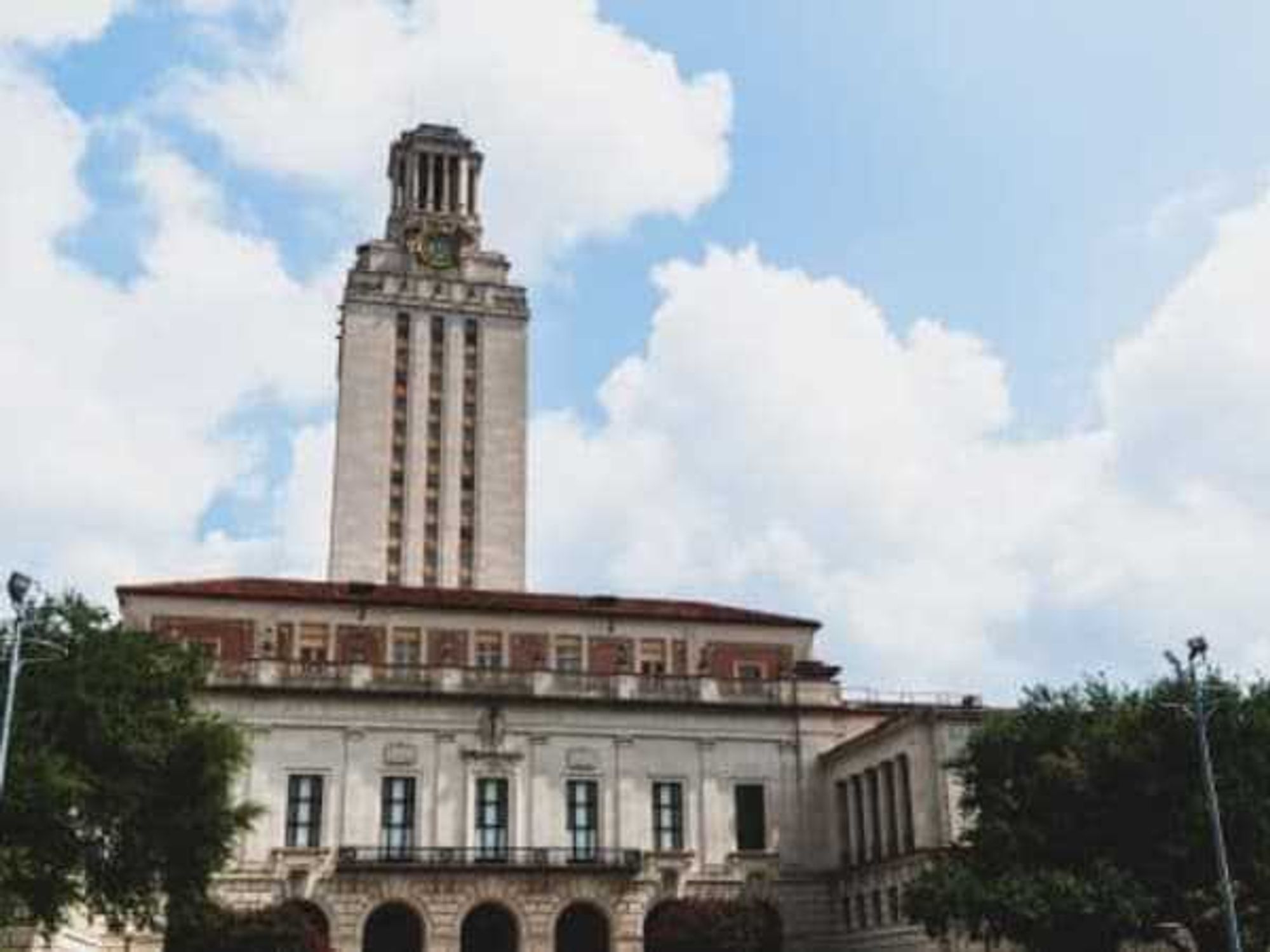Color in the Capital
Social studies: Austin's people of color can set cultural diversity example
In Austin, white people, as well as some people of color, are equal opportunity doers of the same old staid, unadventurous deeds. I’ve done much of what passes for cultural activity in Austin. I’ve walked the hallowed halls of the Erwin Center sipping my $30 Coke. I’ve hobnobbed with acquaintances on a cowhide couch at the Four Seasons Hotel. Outdoor concert at Blues on the Green? Check. High-brow food and wine event at the Long Center? Check.
Which is why I’m a bit embarrassed to admit I’d never been to the Mexican American Cultural Center (MACC) just south of downtown until recently when I attended a fiery board meeting. At the core of heated debate: development, specifically a battle over the land right across from the Mexican center located at 64 Rainey Street. What I witnessed was like something straight out of a Robert Rodriguez flick: wound-up Mexican Americans hell-bent on preserving what they consider to be their neighborhood land; a silent-but-strong white developer and his crew determined to acquire the primo patch for a 31-story, multi-use development.
The venue was jam-packed for the showdown. Some attendees wore shirts with "¡La Cultura No Se Vende!" ("Our culture is not for sale!") emblazoned across the back. The developer sat with his small but powerful posse — a lawyer and consultant types, not saying much but taking it all in. And, there I was, smack dab between them like a passerby who’d meandered into the middle of a really confusing, neo-modern philosophical war — confusing because a lot of the dialogue was delivered en Español. Still, I understood enough to think more than once, "Well, that was a rather harsh thing to say to the nice white man. All he’s trying to do is live his Austonian dream!"
A child of the '70s, nostalgic for a healthy dose of community activism, I was mesmerized by the entire display! One young man told the developer his high-rise building would bring to the neighborhood "bougie stuff our community can’t afford. I’d like to know how this is supposed to help." An older Mexican lady compared the cultural center to a pretty, young woman. "At my age I feel like those old Mexican ladies that used to be chaperones to the beautiful señoritas," she said. "The MACC is the beautiful señorita and I am feeling like I am the chaperone protecting it from lecherous old men." Ouch!
And, as if more than adequately shielded by his power, prestige and piles o' money, the developer just sat there, respectfully, stoically soaking it in.
This was no pseudo-cultural event on the front steps of City Hall staged for the benefit of the television news cameras. (In fact, the local Spanish-language TV outfit wasn’t even there!) This was the real nitty gritty: candid discussions about culture and cooperation. Full frontal unity at its finest!
But, I was a discouraged to see that of the more than 100 people there, only three of us were black: the developer’s lawyer, a representative from the city’s parks department and me. Maybe you’ll argue I’m unnecessarily making it about race. Or that black people really had no cause to be there. I argue we did.
Some of us, as people of color, say we want white Austin to hear us and, when possible, support the things we do and stand for. So, wouldn’t a logical first step be for us to support and stand for one another? In the specific case of the Mexican American Cultural Center and 64 Rainey Street, whether you're on the side of the neighbors or the developer, isn't it worth it to at least be in the conversation?
As the old adage goes, charity begins at home. Perhaps cultivating an authentically diverse city does, too.
